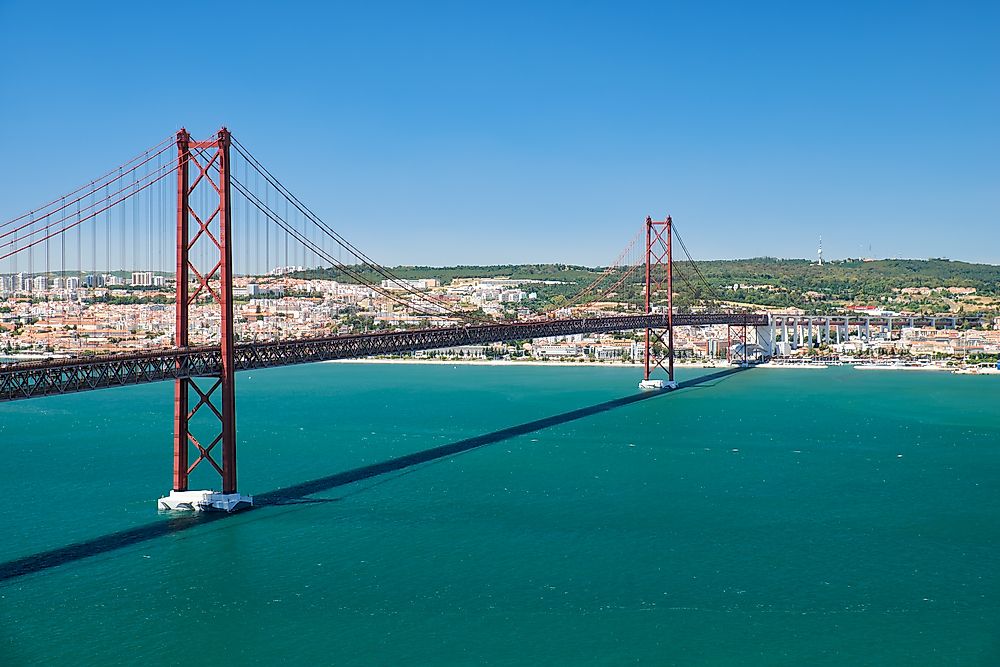What was the Carnation Revolution?

The Carnation Revolution refers to the period in Portugal’s history when the Marcelo Caetano-led Estado Novo dictatorial government was deposed through a military coup on April 25, 1971, ushering the country into a new era of democracy. The authoritarian regime had earned itself enemies locally, who were angered primarily by the country’s involvement in the expensive Portuguese Colonial War. The naming of the revolution was inspired by the actions of Celeste Caeiro, a Lisbon-based restaurant worker who placed carnation flowers into the rifles of soldiers in celebration, actions which were copied by other civilians all over the nation’s capital city.
Background of the Carnation Revolution
The Estado Novo regime had come to power in 1933 and became an authoritarian, dictatorial single-party government. The regime had established many retrogressive policies and laws, which elicited dissent both locally and internationally. Additionally, the country still held on to its colonies, even as other European colonial powers had abandoned their colonies during the decolonization period witnessed in the mid-20th century. Portuguese colonies in Africa took up arms to fight for their independence in what became known as the Portuguese Colonial War. While relatively less-bloody, the Colonial War had proven expensive for the country and exerted tremendous pressure on the nation’s economy. The costly war had tarnished Portugal’s reputation internationally and saw several countries severing diplomatic relations with Lisbon.
Effects of the Carnation Revolution
The Carnation Revolution became one of most defining moments in Portugal’s history. Perhaps the most profound effect of the Revolution was the deposing of the Estado Novo dictatorial regime and institution of democracy in Portugal. The toppling of the authoritarian regime which was infamous for religious persecution signaled the beginning of freedom of religion in the country. For instance, the Estado Novo regime had banned the activities of a Christian denomination known as the Jehovah’s Witnesses, a ban that was lifted soon after the revolution. The country’s international reputation also improved after the revolution. Previously, Portugal’s economy had suffered after being imposed on trade embargos and sanctions by its major trade partners.
Another significant effect of the Carnation Revolution was the end of the Colonial War that Portugal had been embroiled in for nearly two decades. The ending of the Colonial War culminated in the independence of all Portuguese colonies in Africa, which included Mozambique, Guinea, Cape Verde, Angola and Sao Tome and Principe. All the countries attained independence between 1974 and 1975. The realization of independence in former Portuguese colonies triggered a mass exodus of Portuguese people from the African countries, mainly from former Portuguese Mozambique and Portuguese Angola. These refugees who were estimated to number over a million were also known as “retornados.”
Legacy Of The Carnation Revolution
Several monuments, roads, and parks, which had been named after figures in the Estado Novo regime, were renamed in the aftermath of the revolution. One such monument is the 25 de Abril Bridge, situated in Lisbon which was initially known as the Salazar Bridge, named in honor of the regime’s President. The day of the revolution was recognized as a national holiday in Portugal, known as “Dia da Liberdade” (Freedom Day) and is observed annually on 25th April.











